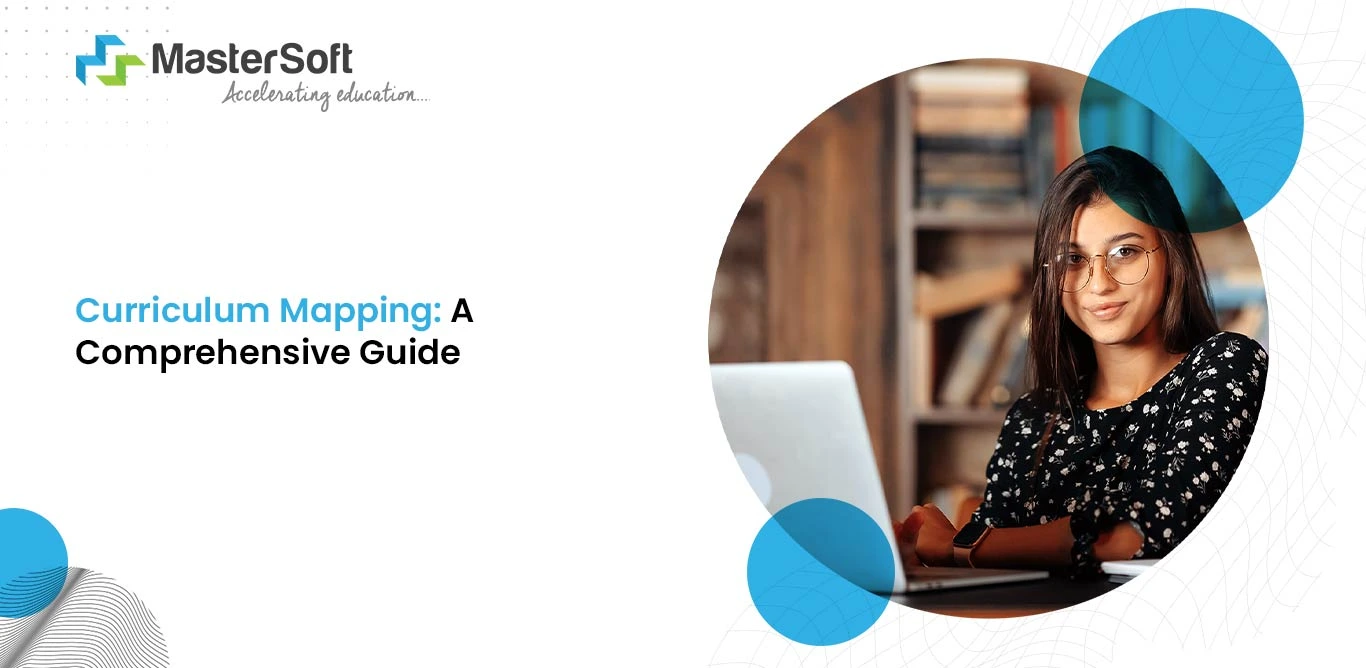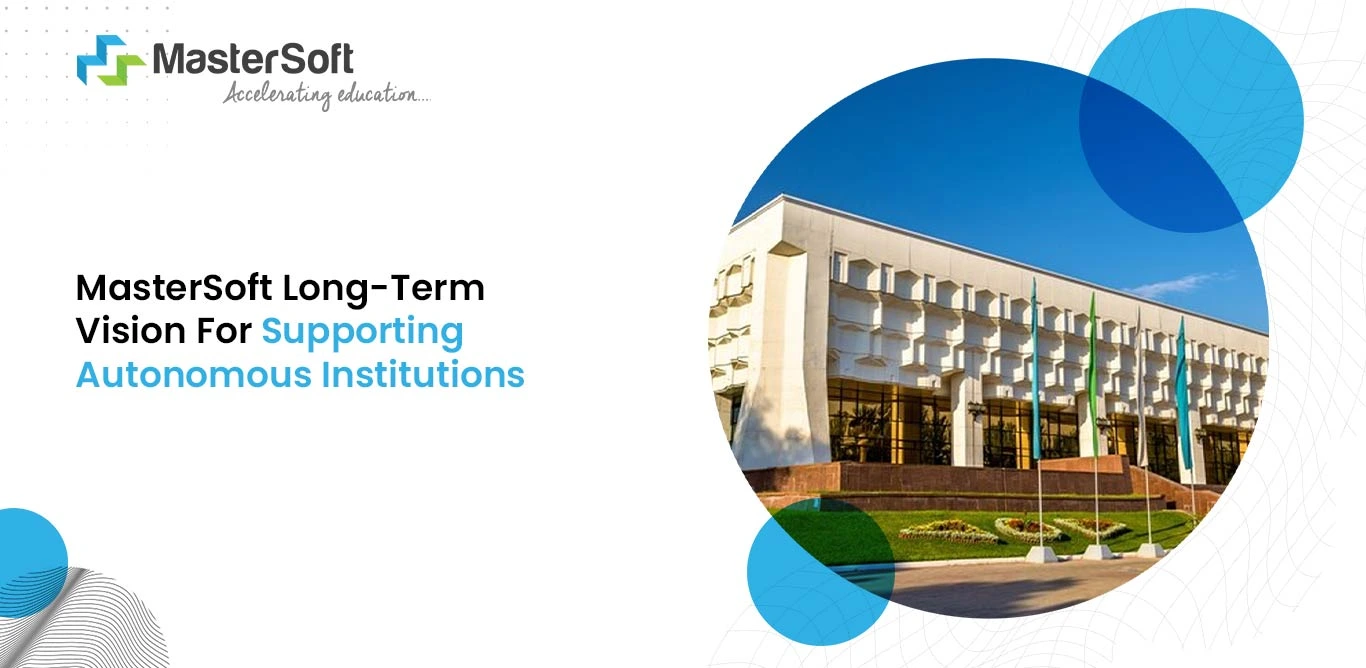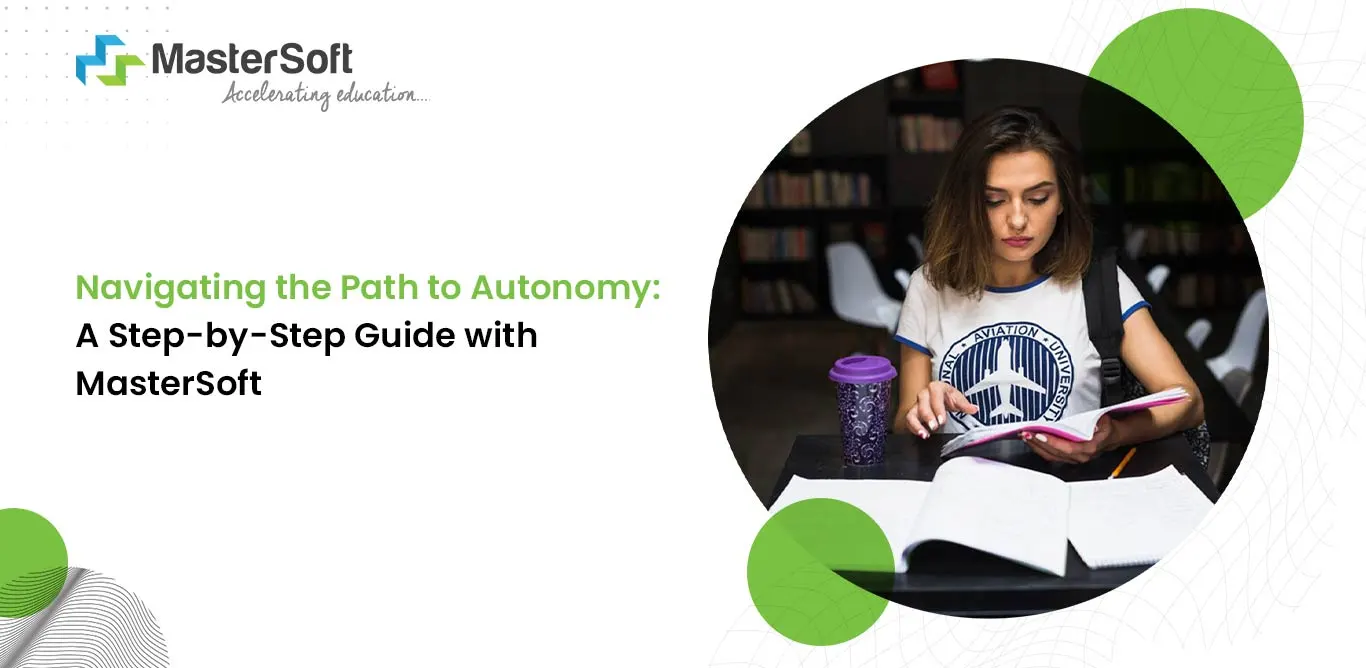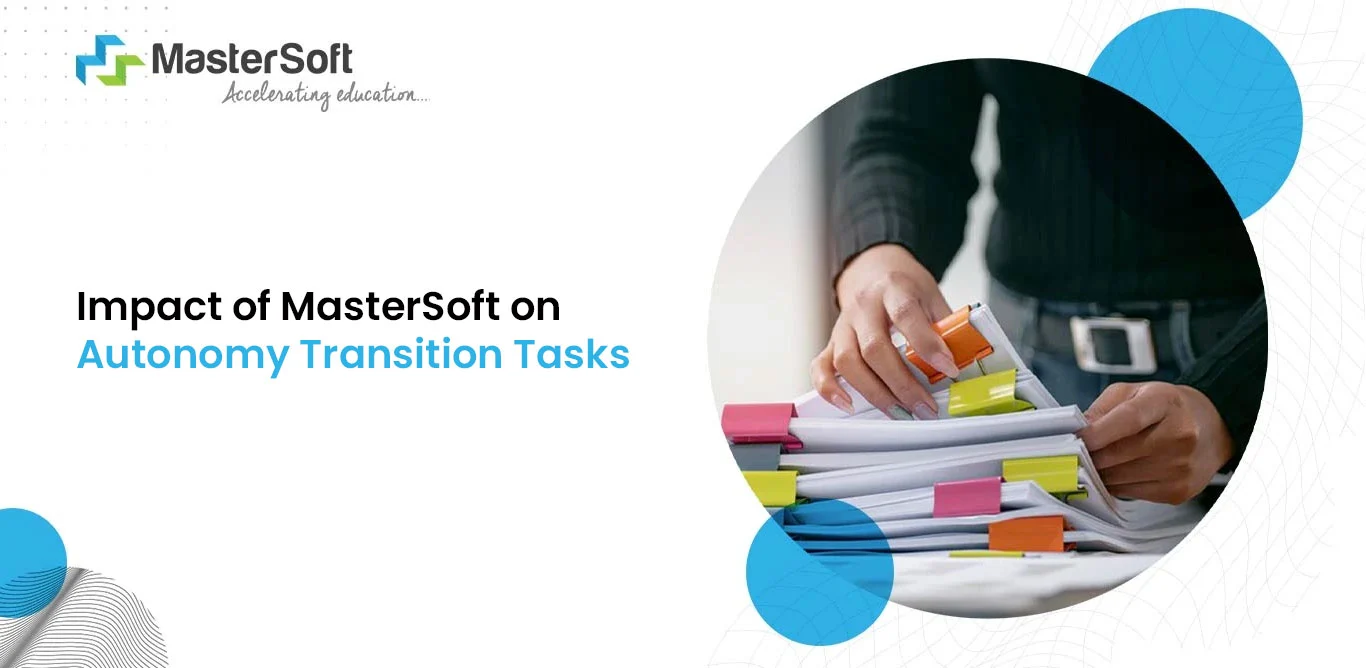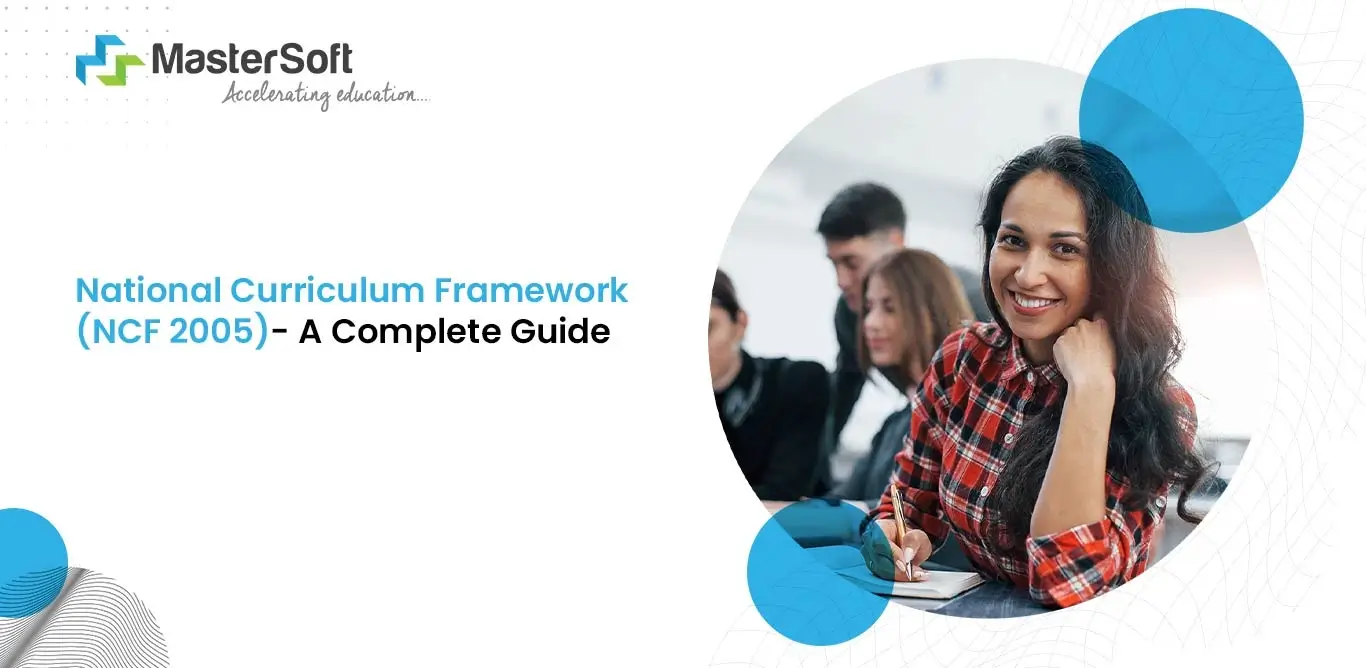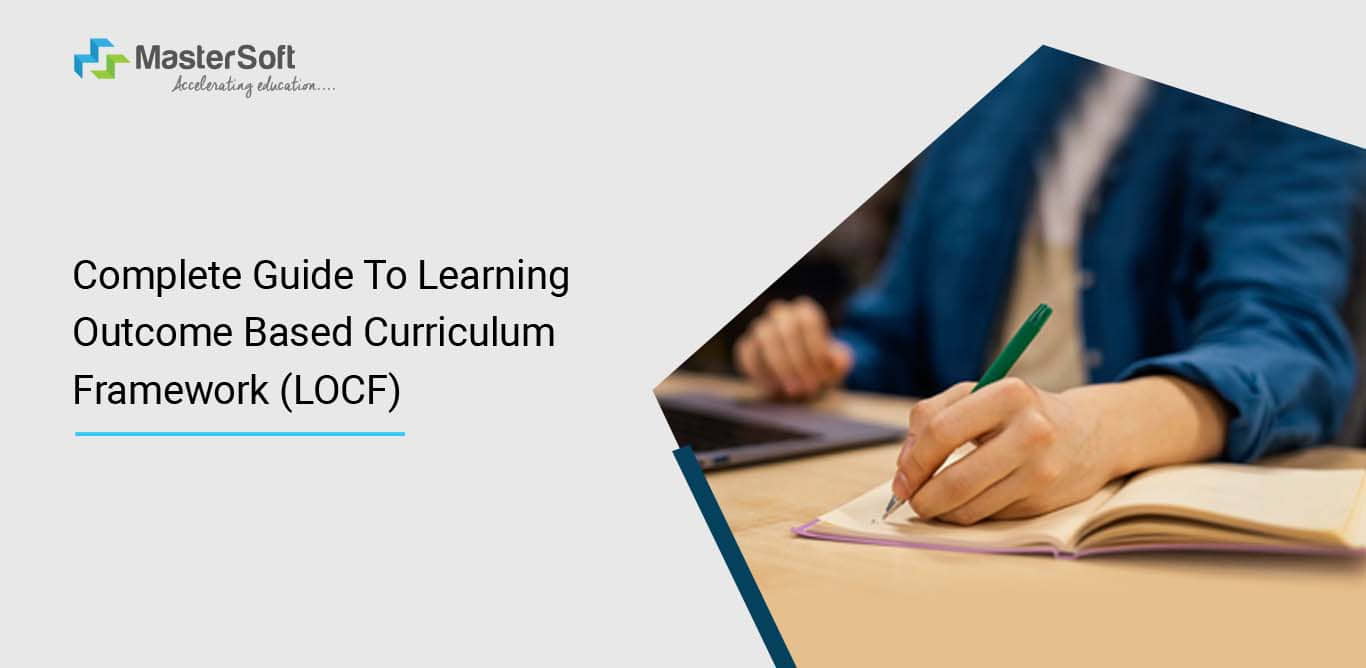21, Nov 2023
Curriculum mapping is a sophisticated approach that serves as a detailed map, guiding educators through the ever-changing landscape of education.
Let's understand it in detail.
What is Curriculum Mapping?
The curriculum mapping process is a systematic method that empowers educational institutions to gather essential data on teaching and learning.
This data-driven approach leads to the creation of subject-specific and grade-level curriculum maps, offering educators organised frameworks for both daily lesson planning and long-term curriculum development.
Let’s first understand the importance of curriculum mapping.
Significance of Curriculum Mapping:
- Informed Decision-Making: Curriculum mapping establishes a structured framework for data collection and analysis. This enables educators to make informed decisions, driving improvements and adjustments based on data insights.
- Standards Alignment: Curriculum mapping ensures strict adherence to educational standards, a crucial element for maintaining educational quality and accountability.
- Effective Educational Planning: Educators use curriculum maps to plan lessons, units, and teaching approaches, contributing to enhanced student outcomes through thoughtful educational planning.
- Transparency and Communication: Curriculum mapping enhances transparency, fostering understanding among educators, students, and parents. This, in turn, strengthens communication and accountability within the educational community.
- Continuous Improvement: Dynamic curriculum maps support ongoing updates to adapt to changing educational needs, pedagogical advances, and new knowledge. This ensures a curriculum that evolves with the times.
- Fosters Interdisciplinary Collaboration: Curriculum mapping encourages educators to share best practices, promoting consistency and a cohesive learning environment. Interdisciplinary collaboration enhances the overall educational experience.
NCFTE: Guide On National Curriculum Framework For Teacher Education
What's the Purpose of Creating a Curriculum Map?
The foundation of the curriculum mapping process lies in the quest for continuous improvement and ensuring that education aligns with standards, goals, and student needs.
Creating a curriculum map is essential for continuous improvement and ensuring education aligns with standards, goals, and student needs.
Here's why you should consider it:
1. Facilitate Teacher Collaboration with a Central Resource Hub
Curriculum mapping establishes a central hub for essential teaching resources, including assessments, lesson plans, and best practices. This promotes collaboration among educators, facilitating knowledge sharing and the improvement of teaching methods.
2. Promote Inter-School Collaboration
Education thrives on teamwork. Curriculum maps encourage collaboration among teachers by facilitating discussions on best practices and sharing resources. This collaborative approach allows teachers to learn from each other, enhancing teaching methods and enriching the educational experience for students.
3. Save Costs on Educational Resources
Financial challenges are common in educational institutions. Curriculum mapping offers a cost-effective solution by enabling districts and schools to create their own curriculum maps, eliminating the need to purchase them from textbook publishers. This not only saves money but also provides educators with greater control over classroom content.
4. Swiftly Implement New Educational Initiatives
The education landscape constantly introduces new initiatives and standards. Curriculum maps act as a bridge, seamlessly integrating these resources into educators' lesson plans. This ensures districts can effectively implement initiatives like STEM or social and emotional learning.
5. Enhance Student Outcomes through Personalised Education
Education aims to empower students with enduring knowledge and skills. Curriculum mapping serves as a compass, helping educators tailor their approach to diverse learning styles. This personalised education enhances students' grasp of essential concepts.
6. Engage Families with Clear Curriculum Maps
Families are integral to a student's educational journey. Curriculum maps provide transparency and a clear roadmap for students, ensuring a consistent education from term to term. This empowers families to actively participate in their child's learning and development.
10 Great Benefits Of Implementing Student Information System (SIS)
Process of Creating a Curriculum Map
A curriculum map serves as a guide for educators, outlining the educational journey. There are basic and advanced types. Components of a basic map include standards, defining what students should learn, and a sequence providing a structured timeline.
Let's begin by exploring the elements of a basic curriculum map:
1. Standards:
The foundation of any curriculum map is the standards, which can be state-mandated, government-prescribed, or set by educational authorities. These standards define what students are expected to learn at each grade level.
2. Sequence:
The sequence outlines the order in which teachers should teach the standards in the class. It provides a structured timeline for the curriculum.
3. Content:
Content includes the key concepts, facts, and events that students need to learn. It can be discipline-based (focused on a specific subject), interdisciplinary (connecting two or more subjects), or student-centred (based on student-developed interests).
4. Skills:
Skills represent what teachers will assess, observe, and document. Expressed as verbs, they can relate to goals for students beyond standards.
5. Assessments:
Assessments come in various forms and are designed to gauge student learning, providing a snapshot of understanding and progress.
6. Activities:
Activities are specific actions in the classroom designed to drive student mastery in skills and standards.
7. Resources:
Resources offer additional information to enhance student understanding of content, including textbooks, online materials, and supplementary resources.
8. Essential Questions:
Essential questions are overarching queries that students should be able to answer at the end of the class, indicating their understanding of content and mastery of skills.
9. Timelines:
Timelines define the expected time it will take to teach each unit, ensuring that the curriculum remains on track.
10. Pacing Guide:
A pacing guide serves as a measure to help teachers stay on track and ensures curricular continuity across classrooms and schools in the district.
11. Units:
Units represent concepts and learning goals taught over a specific period, providing a detailed breakdown of what students will learn and how they will achieve those learning goals.
To start the curriculum mapping process:
- Initiate with input from teachers, district curriculum, learning philosophy, student needs, and past experiences.
- Gather insights from grade-level and vertically-aligned teachers.
- Consider district criteria (Common Core, TEKS, IB philosophy, State Standards).
- Embrace the district's learning philosophy.
- Address specific student needs, considering strengths and challenges.
- Build upon past experiences to inform future content planning.
Now, let's explore the crucial components of designing scope and sequence, integral to the curriculum mapping process. The scope outlines what will be taught, while the sequence defines the order.
Consider the following steps:
Identify Desired Results:
- Establish content standards and curriculum expectations.
- Prioritise content for students.
- Determine long-term performance goals.
- Define essential concepts and skills.
Determine Assessment Evidence:
- Select assessments to measure understanding.
- Address facets of understanding.
- Ensure alignment with the desired results.
Plan Learning Experiences and Instruction:
- Address transfer, meaning-making, and acquisition as learning goals.
- Extend lessons beyond the information presentation.
- Provide opportunities for drawing inferences and making generalisations.
- Offer timely feedback on student performance and ongoing support.
This curriculum mapping process ensures curriculum maps focus on outcomes and meaningful learning experiences.
Benefits of Using a Curriculum Map:
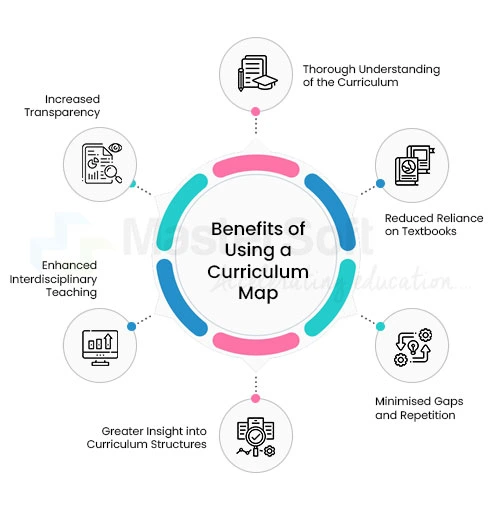
Thorough Understanding of the Curriculum:
- Associates learning goals with standards, enhancing teaching practices.
- Deepens teachers' understanding of student learning needs for a comprehensive education.
Reduced Reliance on Textbooks:
- Empowers teachers, boosting confidence in contributing to the curriculum.
- Encourages creativity and customization of lessons to meet specific student needs.
Minimised Gaps and Repetition:
- Identifies opportunities to build on existing student knowledge.
- Minimises gaps and repetition, ensuring a more coherent and efficient learning experience.
Greater Insight into Curriculum Structures:
- Provides educators with a better understanding of curriculum structures and student progress.
- Enables informed decisions about teaching strategies and resource allocation.
Enhanced Interdisciplinary Teaching:
- Utilises online tools to enhance interdisciplinary teaching strategies.
- Facilitates knowledge sharing and access to instructional resources, promoting a holistic education.
Increased Transparency:
- Allows leaders and administrators to efficiently collect data about the operational curriculum.
- Supports data-driven decision-making and fosters accountability across the district.
Now, let's explore a concise curriculum mapping sample, offering a snapshot of structured alignment within a curriculum map.
NCF 2020 (National Curriculum Framework - 2020) - A Complete Guide
Curriculum Mapping Samples:
These real-world curriculum mapping examples provide practical insights into the structured alignment within educational frameworks.
Aligned Learning Goals:
Explore a curriculum mapping sample where learning goals seamlessly connect with standards, showcasing how this alignment can elevate teaching practices and ensure a comprehensive educational experience for students.
Beyond Textbooks:
Delve into an illuminating curriculum mapping example that encourages educators to transcend traditional textbooks. Witness how this sample fosters creativity and tailors lessons to meet individual student needs, providing a practical blueprint for innovative teaching.
Efficient Learning Paths:
Navigate through a concrete curriculum mapping sample that minimises gaps and repetition. This example ensures a coherent and efficient learning experience by strategically building on existing student knowledge and presenting a clear roadmap for educators.
Insightful Navigation:
Gain practical insights into curriculum structures, content, and student progress with a detailed curriculum mapping example. This navigational tool aids educators in making informed decisions, offering a tangible guide for effective curriculum planning.
Interdisciplinary Teaching:
Witness the seamless integration of online tools within a dynamic curriculum mapping sample. This practical example serves as a vehicle to enhance interdisciplinary teaching strategies, promoting a holistic approach to education.
Transparent Education:
Delve into an enlightening curriculum mapping sample that guides educators and streamlines data collection for leaders. This transparent example fosters data-driven decision-making and accountability across educational districts.
Effective Strategies to Curriculum Mapping:
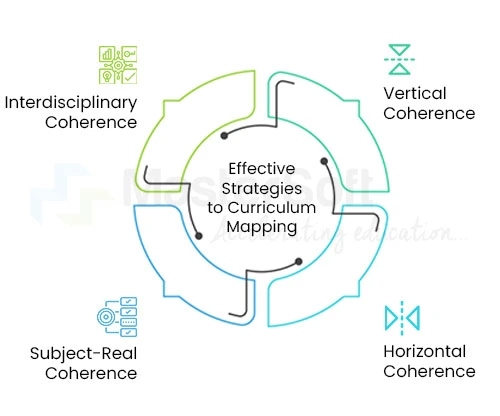
Curriculum mapping is a comprehensive process that requires thorough research and collaboration. To simplify this undertaking, educators can employ key strategies to ensure coherence in their curriculum:
Vertical Coherence:
Ensure that what students learn in one course or lesson prepares them for subsequent content. This strategy focuses on logical sequencing of learning experiences to build upon previous knowledge and prepare students for more advanced material.
Horizontal Coherence:
Strive for consistency in the curriculum among students in the same grade or course. This approach ensures that students receive similar instruction and assessments, allowing for accurate assessments based on prior grades and learning standards.
Subject-Real Coherence:
Guarantee consistent instruction on the same topics within a subject, regardless of the teacher. This coherence is vital for a uniform learning experience and prevents gaps in students' understanding.
Interdisciplinary Coherence:
Align the curriculum across multiple subjects to foster the development of interdisciplinary skills crucial for academic success, such as reading, technology, writing, and critical thinking. Connecting subject areas enables students to see real-world applications and understand the interconnectedness of various knowledge areas.
National Education Policy 2020: All You Need To Know About NEP 2020 For Schools
Tips & Tricks for Curriculum Mapping
Creating a curriculum map is a meticulous process requiring careful planning and collaboration.
Here are some tips to streamline the process:
- Define Your Goals: Clearly articulate your curriculum goals, whether set by a team, accreditation body, or institution. Clarity of objectives is essential for effective planning.
- Choose Skills, Knowledge, and Attitudes: Align intended student outcomes with standards and program goals. Consider these as educational milestones for your students.
- Ensure Access to Materials: Evaluate instructional materials for accessibility and alignment with program goals, ensuring they support the intended skills and knowledge.
- Plan Informal Assessments: Design or select activities to informally assess student progress, aiding in curriculum adherence and identifying areas for adjustment.
- Plan Summative Assessments: Develop formal assessments to evaluate students against course objectives. Use the data collected to refine the curriculum map for future improvements.
Wrapping it Up,
Curriculum mapping provides a methodical, data-driven approach to curriculum design and execution. The strategies and guidance offered aid educators in simplifying the process, ensuring coherence, and driving data-driven decision-making.
The advancement of educational technology has made curriculum mapping more accessible, furnishing educators with dynamic tools. Embracing curriculum mapping enables institutions to adjust to changing student needs and societal requirements, ensuring a high-quality education for upcoming challenges.
This continuous process demands ongoing collaboration and enhancement, ultimately benefiting students and elevating the educational experience.
The Fastest, Easiest, and Most Reliable Educational ERP System to Meet the Needs of Your School
Mobile: 08448010216
Email: janki.somani@iitms.co.in

